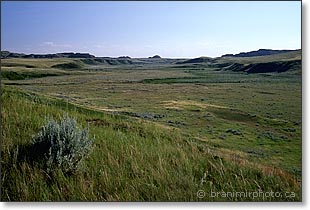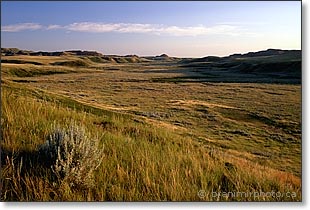![]()
Photo tips
![]() Quality of light
Quality of light
 Photography
tips & techniques - light quality
Photography
tips & techniques - light quality
Diffused light is experienced on overcast days, when the sun is hidden behind clouds. This type of light gives the illusion that it originates from many directions.
Images have a soft and gentle appearance, and are void of harsh shadows. As a consequence, the perception of shape and texture of the subject in your photographs will change compared to images taken in direct light on a sunny day. This type of light source is best used if you are trying to record intricate details of colour and form. Have a look at these two photographs of yellow violets, taken just a few minutes apart.
The first photograph was taken in bright sunlight. It is characterized by the presence of strong shadows and a slightly warmer tone. Highlights in petals are brilliant. However, shadow portions of the flower are obscured and do not show full details of texture and pattern. We have reached the limit of film emulsion to concurrently record details in bright and dark areas. Can you see any surface pattern in brown leaves covered by the flower shadow? How do the flowers look?
The second photograph was taken just a few minutes later. I created a temporary cover with my jacket, preventing light rays to directly reach the forest floor. Instead, the only light source illuminating my subject was the reflection from nearby objects and from the blue sky. The image is illuminated evenly, and has much more subtle colour, form and texture. Notice how the colour quality of the light is slightly changed. The image has a cooler, almost bluish colour cast. This is caused by the fact that most of the light reaching the forest floor was reflected from the blue sky above. A similar blue shift in colour quality of the light source is found on overcast days. Quite often, film does not record the scene exactly the same as the human eye will perceive it. In this particular situation, I tried to compensate for the film's shortcoming by applying a mild warming filter (equivalent to the 81A filter).
The colour quality of light will change throughout the day. For the longest part of the day people experience the bright, cool colour of the light, and perceive this type to be "normal". Shortly after sunrise or in late afternoon, the sunlight appears to be much warmer, almost yellow-orange. Colour has significant influence on our mood and emotional response. Warmer colours excite our emotions in a much stronger way. A creative photographer will use this knowledge and choose the right moment to produce an expressive image.
The photograph above was taken one summer afternoon at the Grasslands National Park in south Saskatchewan. I returned to the same location later that day and waited for the setting sun. Just a few minutes before sunset, I took the second photograph.
Notice long shadows as the sun was low in the sky, and a striking difference in the quality of light. Can you learn something from this example? Experiment, and do not be afraid to take photographs of the same subject under different light conditions. The best way to improve your photography is to use creatively what is already available. Nature is full of little surprises - it is up to us to keep our eyes and minds open to new possibilities.
25 April, 2004
Contact us ![]() Privacy policy
Privacy policy ![]() Terms of use
Terms of use
Copyright © Branimir Gjetvaj, all rights reserved.
www.branimirphoto.ca

